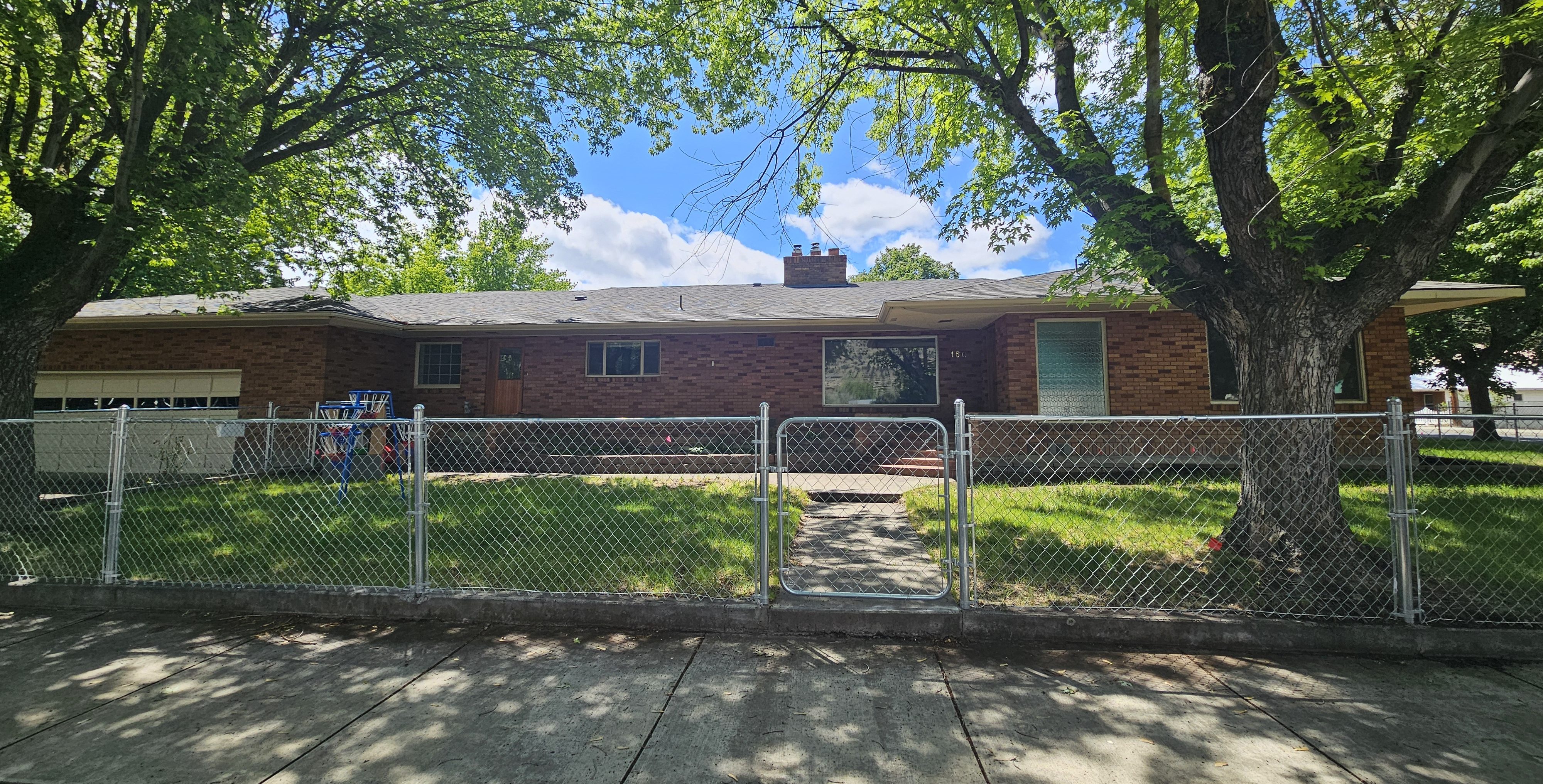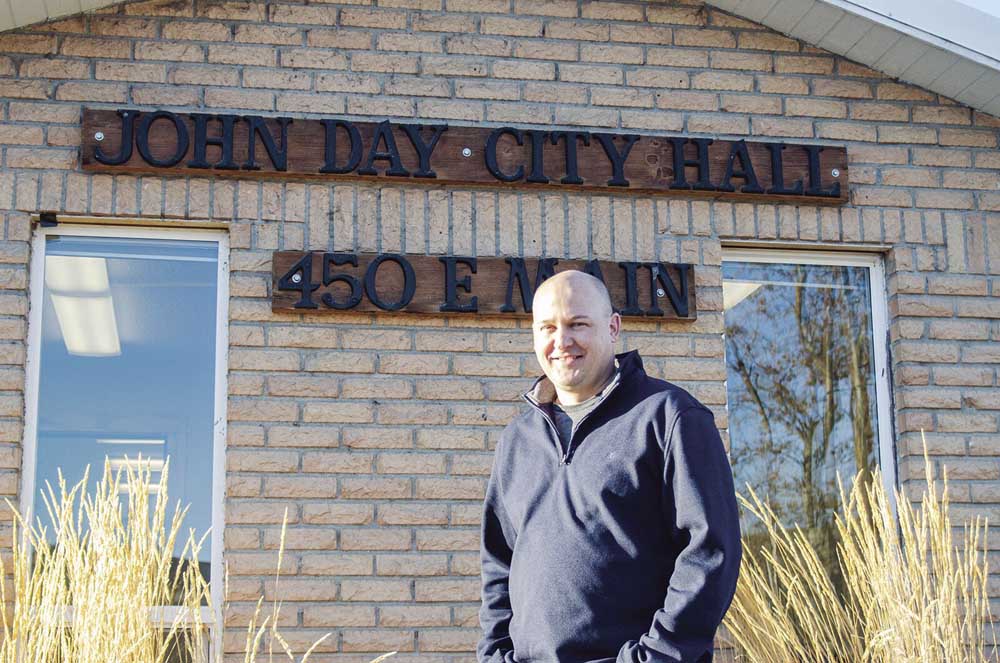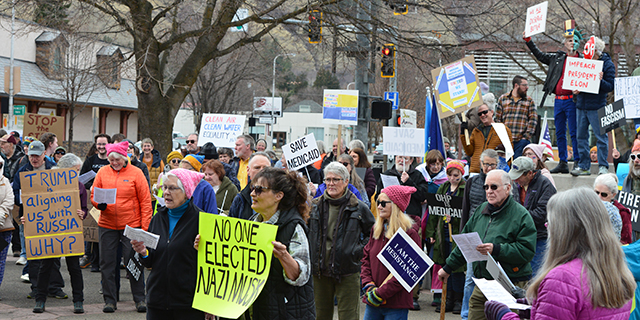In Central Oregon, less than half of housing vouchers are getting used
Published 2:01 pm Saturday, April 30, 2022

- The Stillwater Crossing affordable housing apartments under construction at the south end of Bend in October.
BEND — Central Oregon represented a new start for Lisa Whiat.
Whiat, 56, came to Bend roughly five years ago after fleeing an abusive relationship in Idaho. She just wanted to disappear and start over.
Starting over proved difficult, though, in Central Oregon’s notoriously expensive housing market. After being homeless for years, Whiat secured a Section 8 housing choice voucher — a federal housing program that helps qualified recipients cover the cost of rent.
But Whiat is still struggling to find anything she can afford, with some rentals asking $500 more than she can pay. It’s a situation growing more common among those who receive the federal housing vouchers. According to Housing Works — Central Oregon’s housing authority — 40% of the vouchers are currently being used because rents are too high.
That essentially means for every 100 vouchers issued, only 40 get used, said Lesly Gonzalez, the housing choice voucher director for Housing Works.
“The lack of affordable housing is the biggest concern,” Gonzalez said.
‘We need housing right away’
There are places Whiat can afford, but she continues to be put on waitlist after waitlist. Whiat is staying in a shelter bed provided by the nonprofit St. Vincent de Paul. She hopes to find a place where she can be comfortable, and perhaps grow some of her own flowers.
“We don’t need to be put on waiting lists, we need housing right away,” Whiat said. “That’s why we apply for things like this. Otherwise, it could mean us going back out and becoming homeless again.
“I’m getting that hand up,” Whiat continued. “I’m just needing to be able to put it to good use.”
The gap between what U.S. Department of Housing and Urban Development, or HUD, offers for rent assistance and the actual price of rentals has always been an issue to some degree since Gonzalez began working for the housing authority more than 15 years ago.
But what concerns Gonzalez now is the pace by which rents are increasing.
Up to date data on rental prices in Deschutes County is difficult to estimate, according to city of Bend Housing Director Lynne McConnell and Damon Runberg,a regional economist.
According to Dwellsy.com, a private company that tracks rents across the country, the median rent in Bend is $2,200 as of March — a 10%, or $205 increase from last March.
Voucher amounts aren’t staying stagnant either. In 2020, HUD raised its assessment of what fair market rents were by $150 — the largest increase in a single year Gonzalez has ever seen.
Additionally, a housing authority can pay up to 110% of what is established as fair market rent for the year, and up to 120% if the person is disabled or needs another kind of exception.
But still it’s not enough.
“Even with all of these increases … we still find families are unable to find affordable housing even with extra support,” she said.
Traditionally more affordable options, such as mobile home parks, are also becoming less reliable, Gonzalez said. Rent for a space in a mobile home park, which used to go for roughly $300 a month, now is creeping up to $800 or $900 a month.
New development is coming online in Bend, but most of it is unaffordable, she said. Even so, the new development allows people making more income to move out of more affordable units into newer ones. But then property management companies are raising the rents of the old units to fair market value, anyway, she said.
This year, the waitlist to receive a housing choice voucher is 2,200 people long. Roughly 100 vouchers have been assigned off that waitlist so far, she said. Typically in past years, 400 to 500 are distributed in a year, Gonzalez said. The average family of four on this waitlist makes $22,665 a year.
There are roughly 50 affordable housing projects in Deschutes County that either already exist or are in the pipeline, according to data from Oregon Housing and Community Services.
“If we have 2,200 applicants on the waitlist, that’s as many (affordable) units we need in Central Oregon,” Gonzalez said.
An emergency housing voucher program, which was funded through the American Rescue Plan Act last year, is seeing a higher degree of success, Gonzalez said.
Out of the 96 emergency vouchers allocated to Central Oregon, 51 have been used for housing, according to Johannah Johnson-Weinberg, the community outreach lead for Thrive Central Oregon, a local housing nonprofit.
Several barriers contribute to the struggle of getting housed, Johnson-Weinberg said. A criminal history, a lack of rental history, an eviction record, and low to no credit all can make finding a place difficult, even with extra help from a voucher.
But organizations like Thrive are specialists in navigating these challenges, and can often help clients overcome them, she said.
The only thing they can’t overcome is a rental market that continues to skyrocket, Johnson-Weinberg said.
“If a three bedroom (apartment) is upwards of $2,500 or more and someone’s voucher is not that much, there’s no way around that,” she said.
The emergency housing voucher was a lifeline for Fred Storm, a 64-year-old Bend man who was homeless for roughly three years before being able to secure housing.
At one time a lawyer, Storm struggled to keep stable housing while also battling a gambling addiction. He eventually gave up that career after getting in trouble with the California State Bar twice, he said.
He moved to Bend in 2016 to realize his life long dream of living in a place he used to vacation often. But his gambling addiction led him to living in his car starting the winter of 2018.
“You hit rock bottom when you wake up, and it’s 17 degrees, and you have to spend $15 a night to keep your car running so you don’t freeze in the St. Charles parking lot,” he said.
Before the pandemic, Storm had been given rental assistance opportunities twice from NeighborImpact, but ran into barriers such as long waitlists, high prices and a housing record that showed his previous eviction.
But after the emergency housing voucher was introduced, Storm was identified as a part of a vulnerable population to qualify. Storm receives dialysis three times a week for end stage renal disease, which affects the kidneys.
With the coordinated efforts of several service providers, Storm was able to move up the waitlist, move out of his car and into an affordable housing complex called Legacy Landing by the end of 2021.
“I was so happy I nearly cried,” he said.
Storm credits the extra resources that were given out during the pandemic — the emergency housing vouchers, the extra unemployment benefits and others — for why he is off the streets today.
“The emergency housing voucher from HUD was literally a life changing event,” he said.
While the addition of more affordable units is critical, it’s not the only thing that is needed to help people stay housed, said Stacey Witte, the executive director of the homeless outreach non profit REACH.
It is also important to invest more into support services that help transition people who may have lived outside for years to build up certain skills, like how to keep track of bills and other life skills, she said. While systems are in place today to help with this, more are needed.
“We don’t want to get people into housing and set them up for failure, then in a year they are back to being homeless,” Witte said.
New affordable housing complexes, including Canal Commons and Stillwater Crossing in Bend, are also helping making a dent, she said. But not much will change until there is much, much more.
“It’s heartbreaking,” Witte said when asked what it’s like to watch the people she serves not be able to use their vouchers. “They want it so badly. They are working so hard to get it. They are doing everything that’s required and it’s taking so long.”





